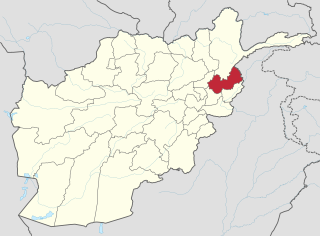
The Nuristani languages, formerly known as Kafiri languages, are one of the three groups within the Indo-Iranian language family, alongside the much larger Indo-Aryan and Iranian groups. They have approximately 130,000 speakers primarily in eastern Afghanistan and a few adjacent valleys in Khyber Pakhtunkhwa's Chitral District, Pakistan. The region inhabited by the Nuristanis is located in the southern Hindu Kush mountains, and is drained by the Alingar River in the west, the Pech River in the center, and the Landai Sin and Kunar rivers in the east. The languages were previously often grouped with Indo-Aryan or Iranian until they were finally classified as forming a third branch in Indo-Iranian.
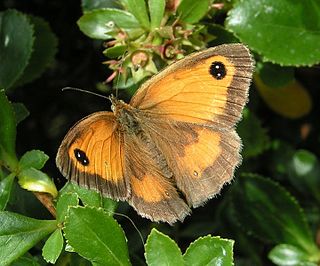
The Satyrini are a huge tribe of the Satyrinae butterflies, containing the graylings, ringlets, and allies. They belong to the Nymphalidae (brush-footed) family. The classification used here is based on the new work by Wahlberg et al.
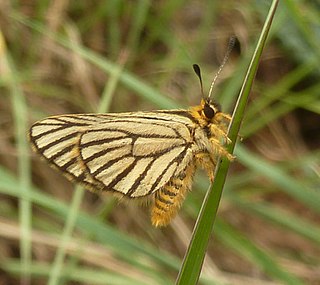
Alaena is a genus of butterflies, commonly called Zulus, in the family Lycaenidae. They are endemic to the Afrotropics.

Lepidochrysops is a genus of butterflies in the family Lycaenidae. The members (species) are found in the Afrotropical realm.
Ramon John (Ray) La Varis was an importer in Auckland, New Zealand, and a politician of the National Party.
Zekelita is a genus of moths of the family Erebidae. The genus was erected by Francis Walker in 1863.

Torynesis is a genus of butterflies from the subfamily Satyrinae in the family Nymphalidae. It comprises five species from South Africa and Lesotho. It is one of the genera in the tribe Dirini Verity, 1953; other genera of this tribe that are found in the Afrotropical Region are Paralethe, Aeropetes, Tarsocera, Dira, Serradinga and Dingana.
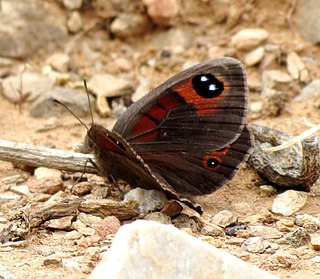
Tarsocera southeyae, or Southey's widow, is a butterfly of the family Nymphalidae. It is found in South Africa at medium altitudes from Calvinia in the Northern Cape to Willowmore and Jansenville in the Eastern Cape.

Pseudonympha is a genus of butterflies from the subfamily Satyrinae in the family Nymphalidae.
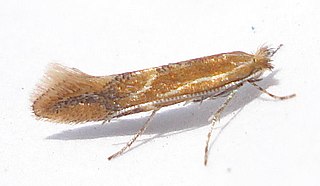
Phyllonorycter is a genus of moths in the family Gracillariidae.

Caloptilia is a genus of moths in the family Gracillariidae.
Giuseppe Vari was an Italian film director, editor and screenwriter.

Nympholepsy is the belief of the ancient Greeks that individuals could be possessed by the nymphs. Individuals who considered themselves nympholepts would display a great religious devotion to the nymphs. An example is Archedemos of Thera, who built the sanctuary of the nymphs in the Vari Cave northeast of Attica, Greece.

Gracillariinae are a subfamily of moths which was described by Henry Tibbats Stainton in 1854.

Vari is a village in Chahardangeh Rural District, Chahardangeh District, Sari County, Mazandaran Province, Iran. At the 2006 census, its population was 120, in 48 families.
This page is based on this
Wikipedia article Text is available under the
CC BY-SA 4.0 license; additional terms may apply.
Images, videos and audio are available under their respective licenses.











